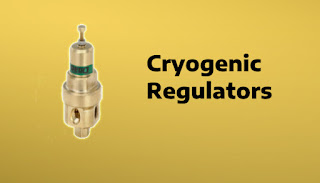Valve Uses - The Dos and Do Nots of Valve Use
Do:
Proper care of compressed gas cylinder valves includes (but is not limited to) the following:- Store valves packaged so cleanliness is maintained and adequate protection against damage is provided.
- Visually inspect all valves for leakage and damage at every refill.
- Reach out to your supplier if the valve is malfunctioning and the problem cannot be diagnosed.
- Inspect PRD before installing and refilling.
- Verify the valve is suitable for both the cylinder and its intended use.
- Open valve slowly to prevent development of high pressure surges and heat generation on down-stream equipment.
- Only use original manufacturers parts and assemblies when replacing PRD (unless the interchange of parts is proven by manufacturer testing).
- Double check all markings when replacing a PRD, ensure only the proper device is installed.
- Ensure when the cylinder is not in use, even if empty, the valve is in the closed position with the outlet cap in place and transport cap installed.
- Verify the outlet and inlet threads, especially the first thread, are not damaged on the valve before installing into a cylinder. A damaged first inlet thread could adversely affect insertion. If damage cannot be repaired by manually deburring with a file, replace the valve.
- Carefully handle valves to avoid damage, especially to the threads.
- Only specially developed lubricants prepared for oxygen service should be used on tapered threaded inlet connections.
DO NOT:
This list is not intended to be comprehensive – review maintenance activity with the valve supplier before beginning work if there is any uncertainty on the part of the user.Proper care of compressed gas cylinder valves includes (but is not limited to) the following:
- Do not use a damaged valve where the function or integrity might be affected.
- Do not continue to use an abnormally functioning (becoming noisy or progressively harder to operate) valve.
- Do not try to recondition a valve until the design and operations of the valve are completely understood and proper tools are available.
- Do not reuse a valve having a tapered inlet thread with less than four (4) full threads showing after it is installed into the cylinder hand-tight.
- Do not use an automated operator, wrench, adapter, or other tool to obtain a greater mechanical advantage on hand-wheel operated valves without first consulting with the valve manufacturer to ensure applied torque does not exceed safe operating torque for the valve.
- Do not lubricate valves internal surfaces with the pressure boundary without first consulting with the valve manufacturer.
- Do not lubricate oxygen service valve threads (to cylinder threads) for installation in straight-threaded aluminum.
- Do not attempt to adjust spring-loaded PRDs, as they are not adjustable once set at the factory. Adjustments could lead to damage to the PRD and to the valve.
- Do not lift, drag, or move cylinder using the valve handwheel as a handle.
- Do not put a reconditioned valve into service until it has been fully tested to this standard.
- Do not use internal operating replacement parts unless they were supplied by the valve manufacturer.
Source - https://www.evergreenmidwest.com/blog/2018/03/26/valve-uses-the-dos-and-do-nots-of-valve-use/








